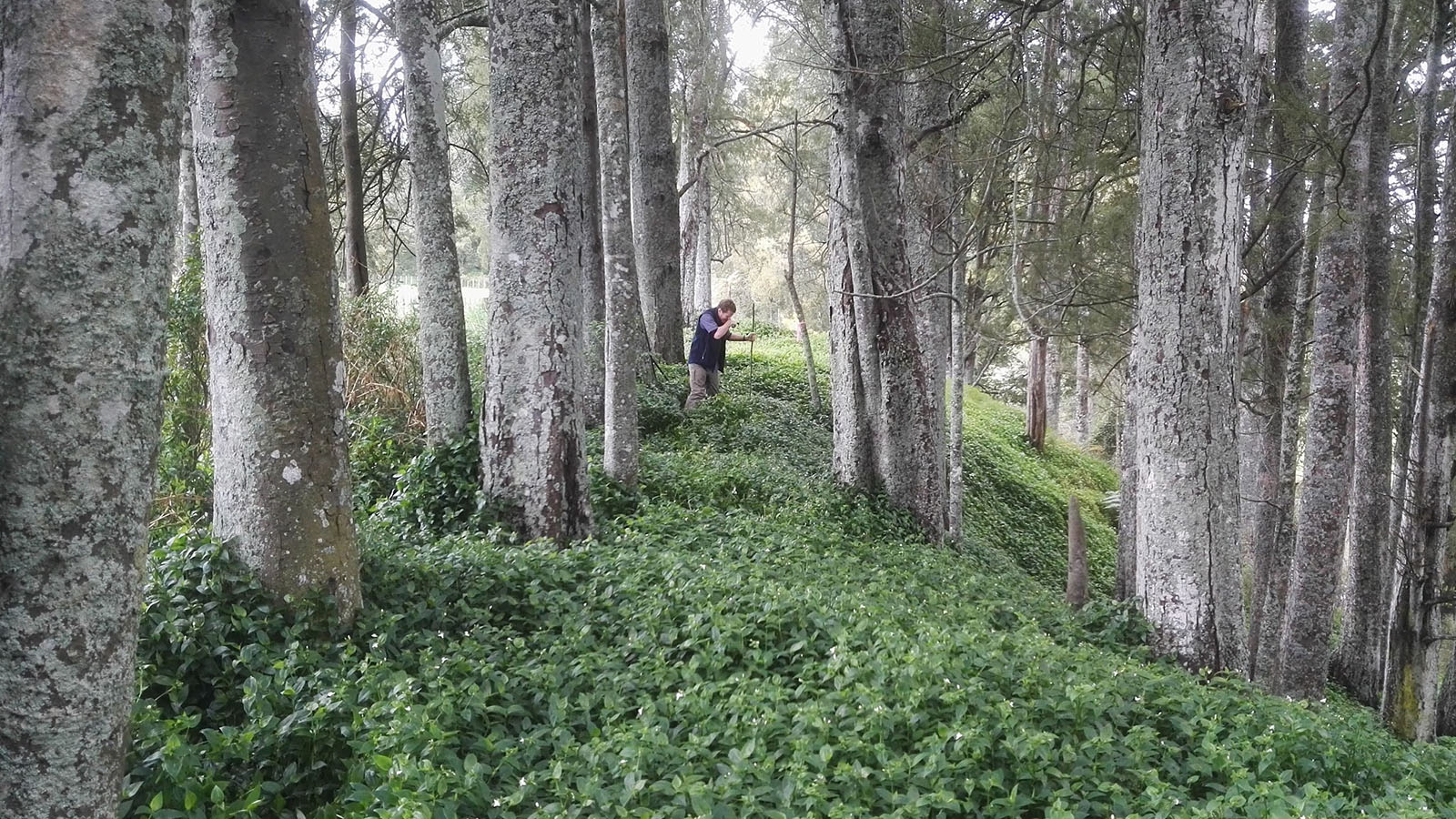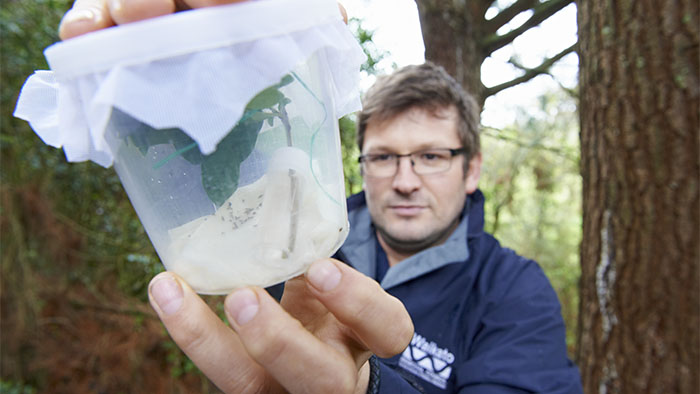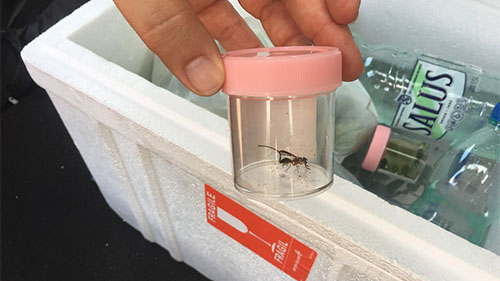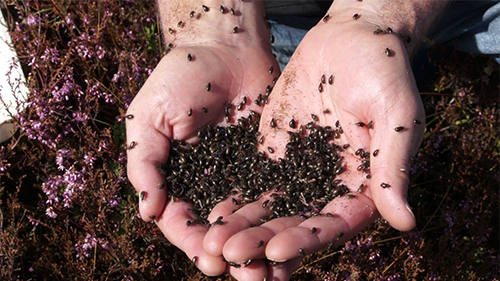Have you ever had a swan plant that's been completely eaten by monarch caterpillars? 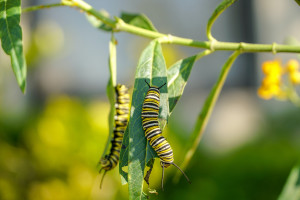 That’s how biocontrol works. Then, with nothing else for your caterpillars to eat, have you ever asked your neighbours or community if they have any flourishing swan plants to move your caterpillars onto, rather than see them starve and die? Well, now, you’re actively moving and spreading biocontrol agents.
That’s how biocontrol works. Then, with nothing else for your caterpillars to eat, have you ever asked your neighbours or community if they have any flourishing swan plants to move your caterpillars onto, rather than see them starve and die? Well, now, you’re actively moving and spreading biocontrol agents.
Note: This is just an analogy. Monarch butterflies were not introduced to New Zealand as a biocontrol agent (they were thought to have blown over) and swan plants are not a pest in New Zealand.
Waikato Biodiversity Forum coordinator Sam McElwee remembers spraying ragwort on his dad’s property about 25 years ago – the paddocks were a sea of yellow.
“I was spraying all day and coming home covered in dye,” Sam recalled at a biocontrol workshop held at the Link in Hamilton last month.
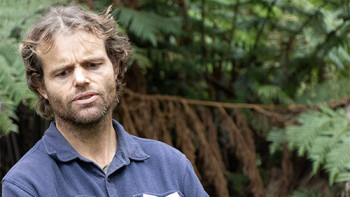
Sam McElwee, Waikato Biodiversity Forum coordinator, encourages community groups to consider using biocontrol in their restoration efforts.
“It seemed far-fetched back then when they said there was a bug that would do all the work for you. But now you don’t see ragwort around much anymore, so biocontrol really does work!”
Sam organised the biocontrol workshop, with speakers from Manaaki Whenua Landcare Research and Waikato Regional Council, to improve public perception about biocontrol and encourage community groups to consider using biocontrol in their restoration efforts.
“People are not aware of the level of research that goes into the release of biocontrol agents.
“Biocontrol is a really exciting and fascinating lot of work that creates a lot of interest, and it’s particularly interesting for those of us involved in the restoration of native forests.
“Controlling pest plants can be very, very resource hungry and potentially harmful to whenua and ourselves if chemical control is used incorrectly.
“Biocontrol can do the work for us.”



